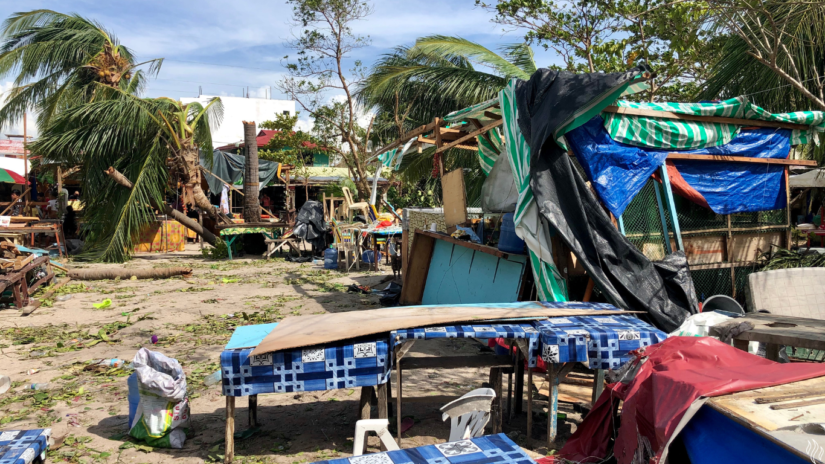According to a recent report by the World Meteorological Organization (WMO), the United Nations ‘ weather agency, Asia bore the brunt of extreme weather and climate disruptions in 2023, experiencing a surge in floods, storms, heatwaves, and droughts.
The continent witnessed its hottest year on record, with temperatures soaring above the global average. More than 9 million people across Asia were affected by floods and storms, resulting in over 2,000 casualties. The relentless rise in heatwaves persisted as a troubling trend, exacerbating the region’s vulnerability to climate-related disasters.
WMO Secretary-General Celeste Saulo emphasized the severity of these events, stating that “climate change has exacerbated the frequency and severity of such events, profoundly impacting societies, economies, and, most importantly, human lives.”
The report outlined key climate change indicators, highlighting alarming trends such as glacier melting, sea level rise, and escalating surface temperatures. Asia’s mean temperature in 2023 ranked the second highest on record, with a warming trend that has nearly doubled since 1960–1990, surpassing the global average.
Specific regions within Asia experienced extreme heat, notably from western Siberia to central Asia and eastern China to Japan. Countries like Japan and Kazakhstan recorded record-breaking temperatures, contributing to global warming.
NASA’s assessment echoed these concerns, linking increased temperatures to variations in precipitation, droughts, and extreme water events. The report underscored the dual challenges of dryness triggering floods and intensified heatwaves, leading to substantial economic losses and human casualties.
China and India, two major Asian countries, faced contrasting climate extremes. China grappled with severe floods in the north alongside prolonged droughts in the southwest, highlighting the region’s vulnerability to water excess and scarcity. Conversely, India battled floods, droughts, and deadly heatwaves, amplifying the urgency for robust climate adaptation strategies.
The WMO report stressed the imperative for enhanced climate preparedness, advocating for early warning systems, disaster risk reduction measures, and sustainable water resource management. The agency emphasized that timely warnings could mitigate disaster impacts by up to 30%, underlining the critical need for proactive measures amid escalating climate risks.
Saulo concluded soberly, highlighting the intersection of climate change impacts with societal disparities. She urged concerted global efforts to address climate vulnerabilities and build resilient communities in the face of escalating climate threats across Asia and beyond.



One response to “Asia’s Most Vulnerable to Extreme Weather, 2023 UN Report Reveals”
This UN report sheds light on Asia’s vulnerability to extreme weather and climate disruptions, emphasizing the urgent need for climate action. With floods, storms, heatwaves, and droughts affecting millions and causing casualties, the impact of climate change is stark. The rise in temperatures, melting glaciers, and sea level rise underscore the severity of the situation, especially in regions like Siberia, central Asia, and eastern China.